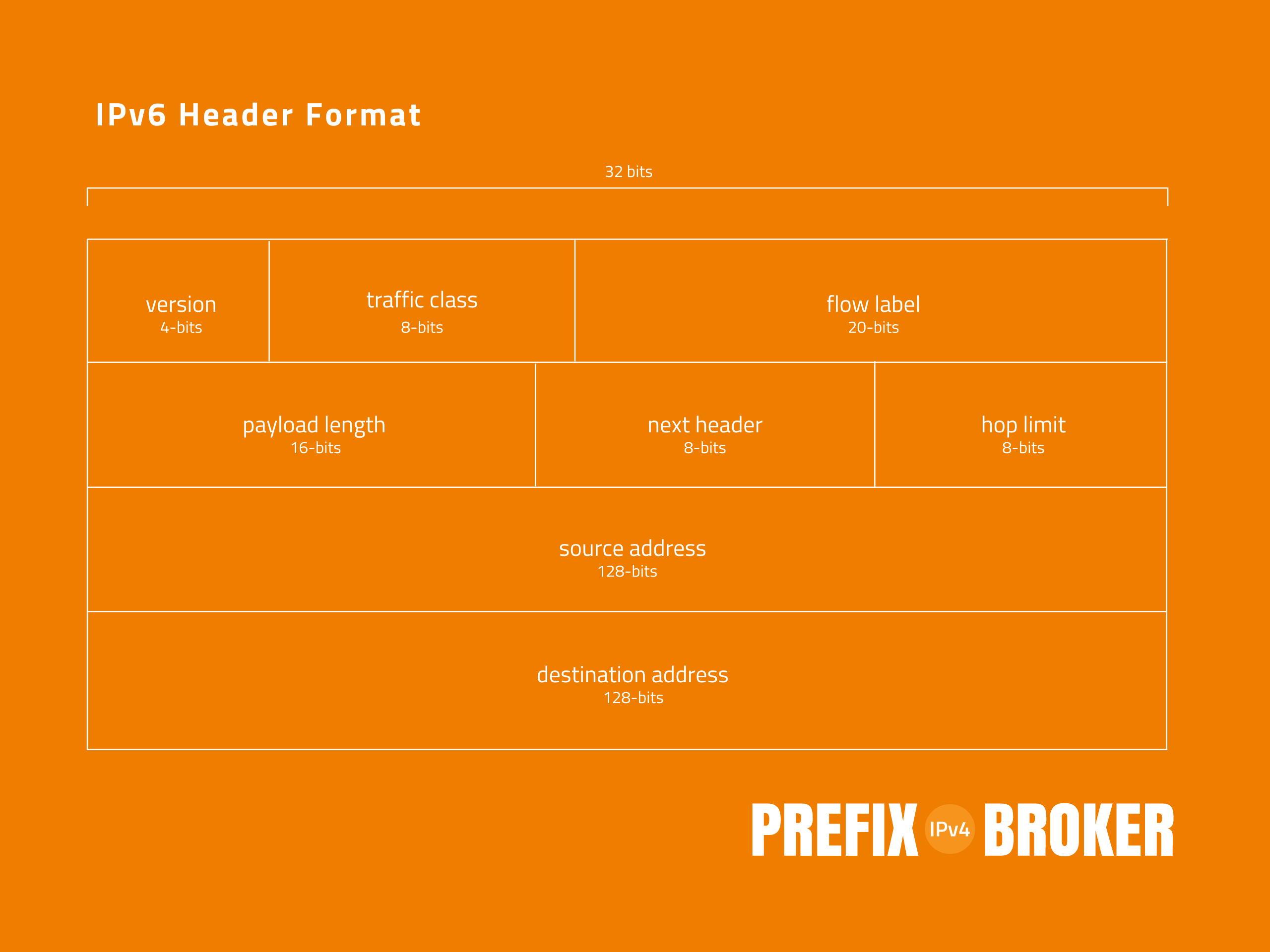Is IPv6 faster than IPv4? A look at network performance and efficiency
In the ever-evolving world of networking, the transition from IPv4 to IPv6 has been a hot topic for quite some time. With the exhaustion of IPv4 addresses and the need to accommodate the growing number of internet-connected devices, IPv6 emerged as the solution, promising improved performance and efficiency. But is IPv6 really faster than IPv4? In this article, we will delve into the technical aspects of IPv4 and IPv6, examining their differences and the potential impact on network performance and efficiency.
Understanding IPv4 and IPv6
IPv4 (Internet Protocol version 4) is the fourth iteration of the Internet Protocol and has been the backbone of the internet for decades. It uses 32-bit addresses, allowing for approximately 4.3 billion unique addresses. However, the rapid growth of internet-connected devices quickly depleted the available address space, leading to the development of IPv6.
IPv6 (Internet Protocol version 6) represents the next-generation IP addressing scheme, utilizing 128-bit addresses. This vast address space translates to an astronomical number of unique addresses, enough to cater to the exponentially increasing number of devices in the Internet of Things (IoT) era and beyond.
Addressing and routing efficiency

One of the key factors influencing network performance is the efficiency of addressing and routing. IPv6's larger address space simplifies the allocation process, as it eliminates the need for Network Address Translation (NAT) that is commonly used in IPv4 to cope with address exhaustion. NAT introduces overhead and complexity, potentially impacting network performance.
With IPv6's abundant address space, each connected device can have a globally routable address without the need for NAT. This direct end-to-end connectivity can streamline routing, reducing latency and packet processing times. Consequently, this simplification of addressing and routing in IPv6 has the potential to enhance network performance.
Header simplification and performance
IPv6 was designed with efficiency in mind, and this is evident in its header structure. IPv6 headers are simpler compared to IPv4, containing only the necessary fields for forwarding and routing. The smaller header size not only minimizes packet overhead but also simplifies packet processing in network devices.
In contrast, IPv4 headers are more complex and include several optional fields, resulting in larger packet sizes and increased processing overhead. While this might not be a concern for individual packets, the cumulative impact can become significant in high-traffic scenarios.
By reducing header complexity, IPv6 contributes to better overall network performance and efficiency. This is especially noticeable in applications sensitive to latency, such as real-time communication and online gaming.
IPv6 and Quality of Service (QoS)
Quality of Service (QoS) plays a vital role in ensuring that critical traffic receives the necessary priority over the network. IPv6 incorporates support for QoS directly into its architecture through the use of a flow label in the header.
The flow label field allows devices to classify packets belonging to the same flow, enabling routers to make faster forwarding decisions and prioritize real-time traffic. This feature is particularly advantageous for multimedia streaming, VoIP and other time-sensitive applications, ensuring a smoother user experience.
While QoS can be implemented in IPv4 using various mechanisms, the native support for QoS in IPv6 makes it easier to maintain a consistent and efficient flow of traffic, potentially resulting in improved network performance.
IPv6 and fragmentation
In IPv4, routers may fragment packets when they encounter a network with a smaller Maximum Transmission Unit (MTU). Fragmentation can lead to increased reassembly overhead at the receiving end and potential performance degradation.
IPv6, on the other hand, relies on the Path MTU Discovery (PMTUD) mechanism to determine the optimal MTU for end-to-end communication. This means that routers along the path of the communication attempt to discover the minimum MTU and avoid fragmentation whenever possible. As a result, IPv6 communications are less likely to experience fragmentation, leading to better overall network efficiency and reduced reassembly overhead.
IPv6 adoption challenges
While the advantages of IPv6 in terms of performance and efficiency are evident, its widespread adoption has been relatively slow. One of the primary challenges is the coexistence of IPv4 and IPv6 in a dual-stack environment during the transition phase.
During this transition, devices and networks must support both protocols, which can introduce complexities and potential interoperability issues. Additionally, some legacy systems and applications may not be fully compatible with IPv6, necessitating workarounds or updates.
However, as the demand for IPv6 addresses grows and the need for network scalability intensifies, the transition from IPv4 to IPv6 is becoming a necessity. The benefits of improved performance and efficiency outweigh the challenges in the long run.
Is IPv6 indeed faster than IPv4?
In conclusion, IPv6 does offer tangible advantages in terms of network performance and efficiency over its predecessor, IPv4. The larger address space, simplified header structure, native QoS support, reduced fragmentation, and other design enhancements contribute to a faster and more efficient network.
While IPv6 adoption might present some initial challenges, businesses and organizations that embrace IPv6 can future-proof their networks and better handle the increasing demands of the digital landscape.
As the internet continues to evolve, transitioning to IPv6 becomes an essential step in ensuring seamless connectivity, improved user experiences and a sustainable network infrastructure for the future. So, to answer the question: Yes, IPv6 is indeed faster than IPv4 and holds the key to a more efficient and scalable network.
Your partner in IPv4 transfers
With a strong and proven track record in the RIPE and ARIN region, Prefix Broker is a trusted partner in reliable IPv4 brokerage and is able to mediate between parties and handle all details of an IPv4 address transaction, IPv4 lease or IPv6 lease. Whether you want to purchase IPv4 address space or are looking to lease IPv4 addresses, our committed team is here for you.